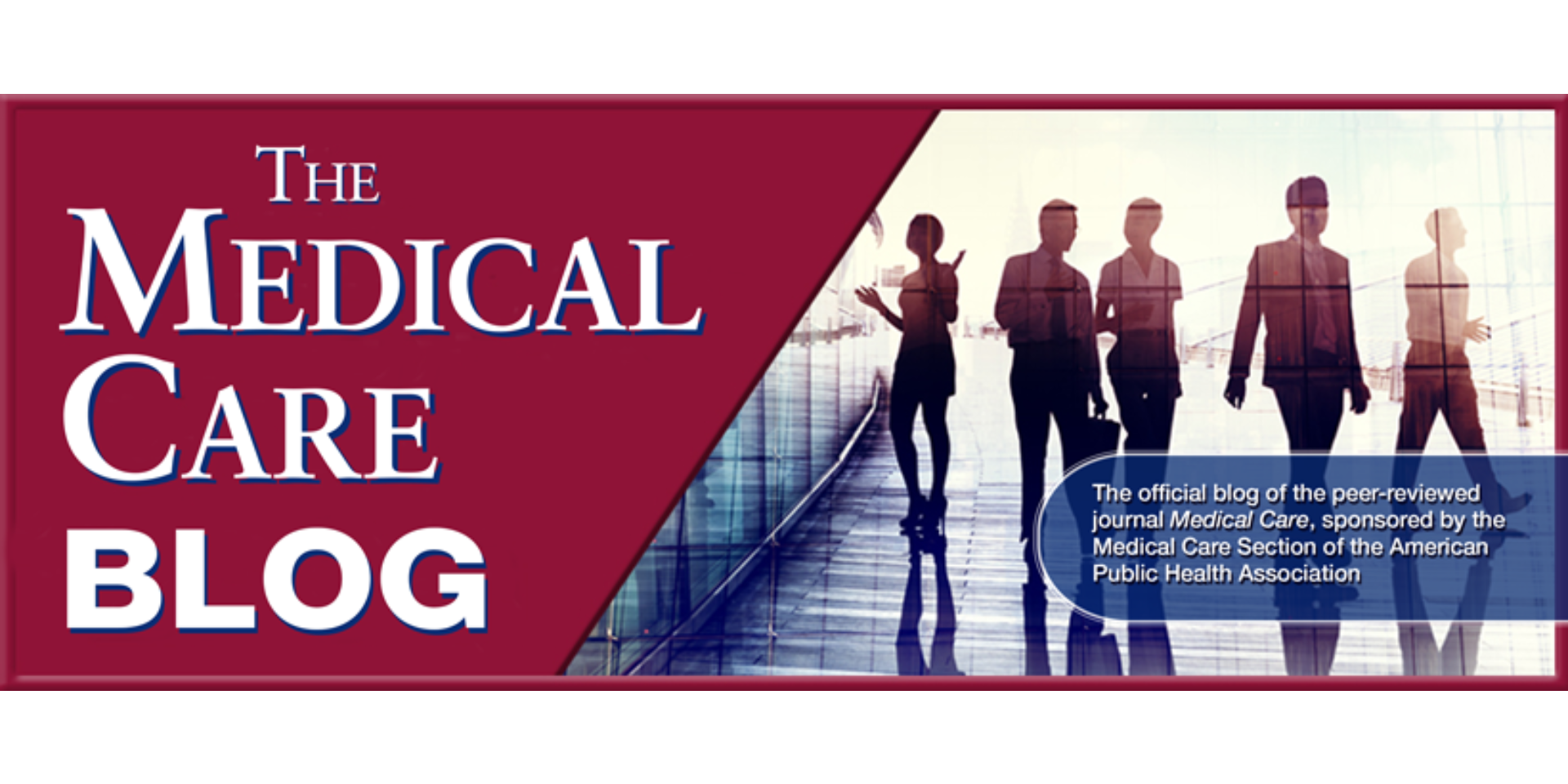Five Ways to Advocate for Public Health
We are in a tumultuous time of upheaval and reckoning in public health and healthcare. The Trump administration launches daily attacks across sectors that impact health nationally and globally. As public health and healthcare leaders and experts, we are in a unique position to speak out against these injustices. We have deep understanding, experience, and… Read More »















































